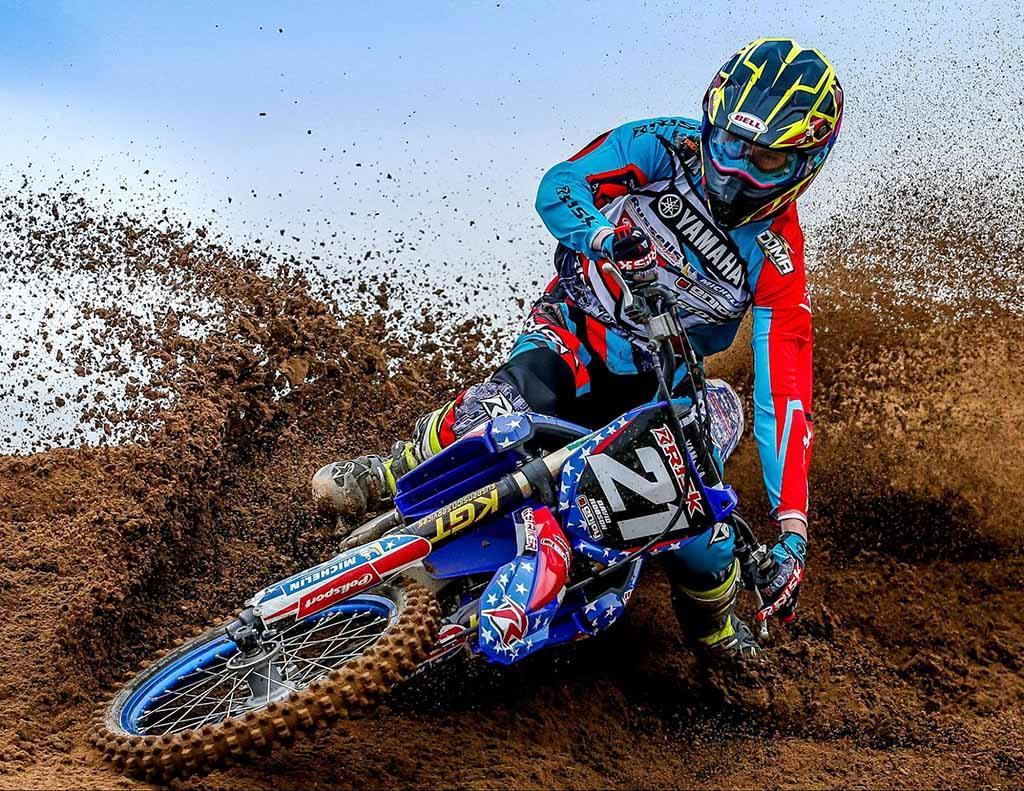Dirt bike and rider is an exhilarating experience, combining the thrill of speed with the challenge of navigating rough terrain. Whether you're a novice or an experienced rider, mastering the art of dirt biking requires understanding the bike, the skills needed, and safety protocols. This guide provides a detailed overview of what it takes to become a proficient dirt bike rider.
Choosing the Right Dirt Bike
-
Understand Your Skill Level
- Beginners should opt for a bike with a smaller engine, typically 125cc to 250cc.
- Intermediate and advanced riders can handle larger engines, ranging from 250cc to 450cc or more.
-
Bike Types
- Trail Bikes: Ideal for beginners, offering a balance between power and control.
- Motocross Bikes: Designed for racing and more experienced riders, with higher power and advanced suspension systems.
- Enduro Bikes: Suitable for long-distance off-road riding, combining elements of both trail and motocross bikes.
-
Fit and Comfort
- Ensure the bike fits your height and weight for better control and comfort.
- Test ride different models to find one that suits your riding style.
Essential Gear
-
Helmet
- Invest in a high-quality, DOT-approved helmet for maximum protection.
- Ensure a snug fit to prevent it from moving during rides.
-
Protective Clothing
- Wear long sleeves and pants made of durable, abrasion-resistant material.
- Consider specialized dirt bike gear like jerseys and riding pants.
-
Body Armor
- Chest protectors, knee pads, and elbow guards are crucial for protecting against falls and impacts.
- Riding boots with ankle protection offer additional safety.
-
Gloves and Goggles
- Gloves provide grip and protect your hands from blisters and injuries.
- Goggles shield your eyes from dust, debris, and UV rays.
Riding Techniques
-
Basic Controls
- Familiarize yourself with the throttle, brakes, clutch, and gear shifter.
- Practice smooth throttle control and braking to avoid sudden jerks.
-
Body Positioning
- Keep your body relaxed and centered over the bike.
- Stand on the foot pegs when riding over rough terrain to absorb shocks with your legs.
-
Cornering
- Enter corners at a controlled speed, leaning the bike while keeping your body upright.
- Use the throttle to maintain traction and exit the corner smoothly.
-
Handling Obstacles
- Approach obstacles like rocks or logs with steady speed and stand on the pegs.
- Use your body weight to balance the bike as you navigate over or around obstacles.
Maintenance and Safety Checks
-
Regular Maintenance
- Check and change the oil regularly to keep the engine running smoothly.
- Inspect the chain, sprockets, and brakes before every ride.
-
Tire Maintenance
- Ensure tires are properly inflated and have sufficient tread for traction.
- Replace tires that show signs of excessive wear or damage.
-
Pre-Ride Inspections
- Conduct a thorough inspection of dirt bike and rider before every ride.
- Look for loose bolts, leaks, and other potential issues that could affect safety.
Conclusion
Mastering dirt bike and rider requires patience, practice, and proper preparation. By choosing the right bike, wearing the appropriate gear, learning essential riding techniques, and maintaining your bike, you can enjoy the thrill of dirt biking while staying safe. Remember, continuous learning and experience will make you a better rider, allowing you to tackle even the toughest trails with confidence.

